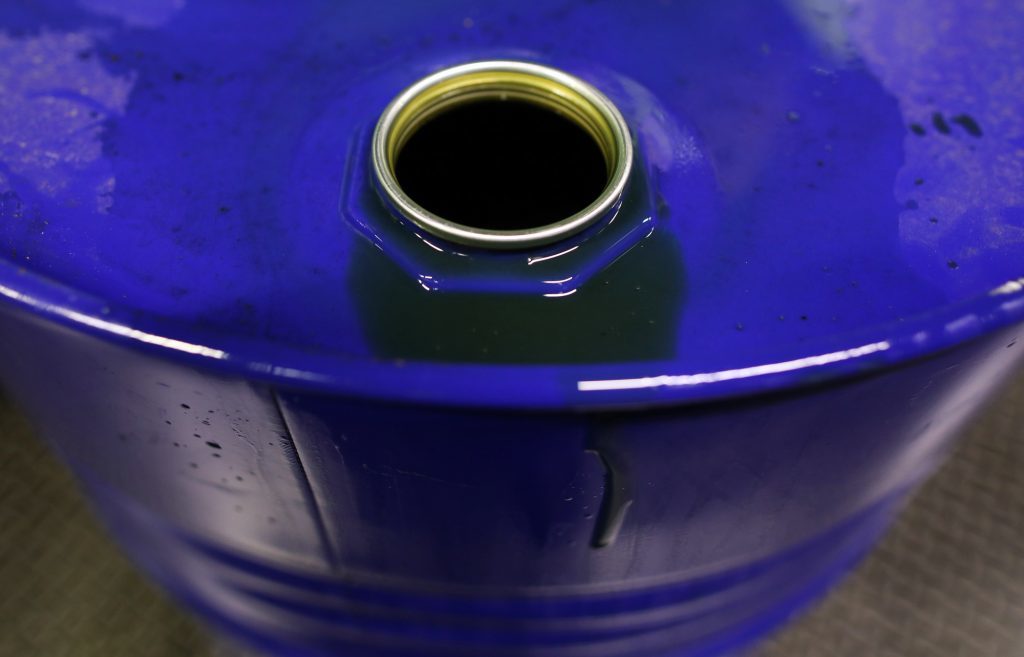
Oil extended its three-year high as a record stretch of declines in U.S. crude stockpiles added to signs that global markets are burning off a chronic surplus.
Futures added as much as 1.3 percent in New York after climbing 1.8 percent on Wednesday. A weaker U.S. dollar helped to underpin oil’s gain. Supplies slid to the lowest level since February 2015 and edged toward the five-year average, according to Energy Information Administration data. American producers are pumping crude at the highest rate in more than three decades.
Oil is extending a two-year gain as the Organization of Petroleum Exporting Countries and its partners cut supply to reduce a global inventory overhang. The market may re-balance by April, according to Vagit Alekperov, chief executive officer of Lukoil PJSC, Russia’s second-biggest producer.
“The sentiment is still positive, and it seems the path of least resistance is still to the upside,” said Giovanni Staunovo, commodity analyst at UBS Group AG in Zurich. “To see a change in sentiment, inventory builds are needed. They’re not there yet but are still likely in the coming weeks.”
West Texas Intermediate for March delivery traded at $66.05 a barrel on the New York Mercantile Exchange at 10:40 a.m. in London after climbing as much as 83 cents to $66.44, the highest intraday price since December 2014. Total volume traded was almost double the 100-day average. WTI advanced $1.14 to $65.61 on Wednesday.
The Bloomberg Dollar Spot Index, a gauge of the currency against 10 major peers, slipped to the lowest in three years. A weaker greenback boosts investor appetite for raw materials priced in the U.S. dollar. The Bloomberg Commodity Index that measures returns on 22 basic resources from crude to copper rose to the highest intraday level since October 2015.
Brent for March settlement increased as much as 67 cents, or 1 percent, to $71.20 a barrel on the London-based ICE Futures Europe exchange, the highest intraday price since December 2014. The global benchmark crude traded at a premium of $4.76 to WTI.
U.S. crude stockpiles fell by 1.07 million barrels last week to 411.6 million, less than the 2 million-barrel drop forecast in a Bloomberg survey. Oil output rose by 128,000 barrels a day to 9.88 million a day, the highest level in weekly data compiled by the EIA since 1983.
Oil-market news:
Saudi Arabia’s oil minister said the initial public offering of oil giant Aramco will take place “when the time is right,” revealing the first crack in the kingdom’s earlier plan to debut the company this year. Oil output from Kazakhstan’s Kashagan oil field has risen to 300,000 barrels a day, according to the nation’s Energy Ministry. The Kashagan venture aims to boost production to 370,000 barrels a day this year.
Recommended for you
